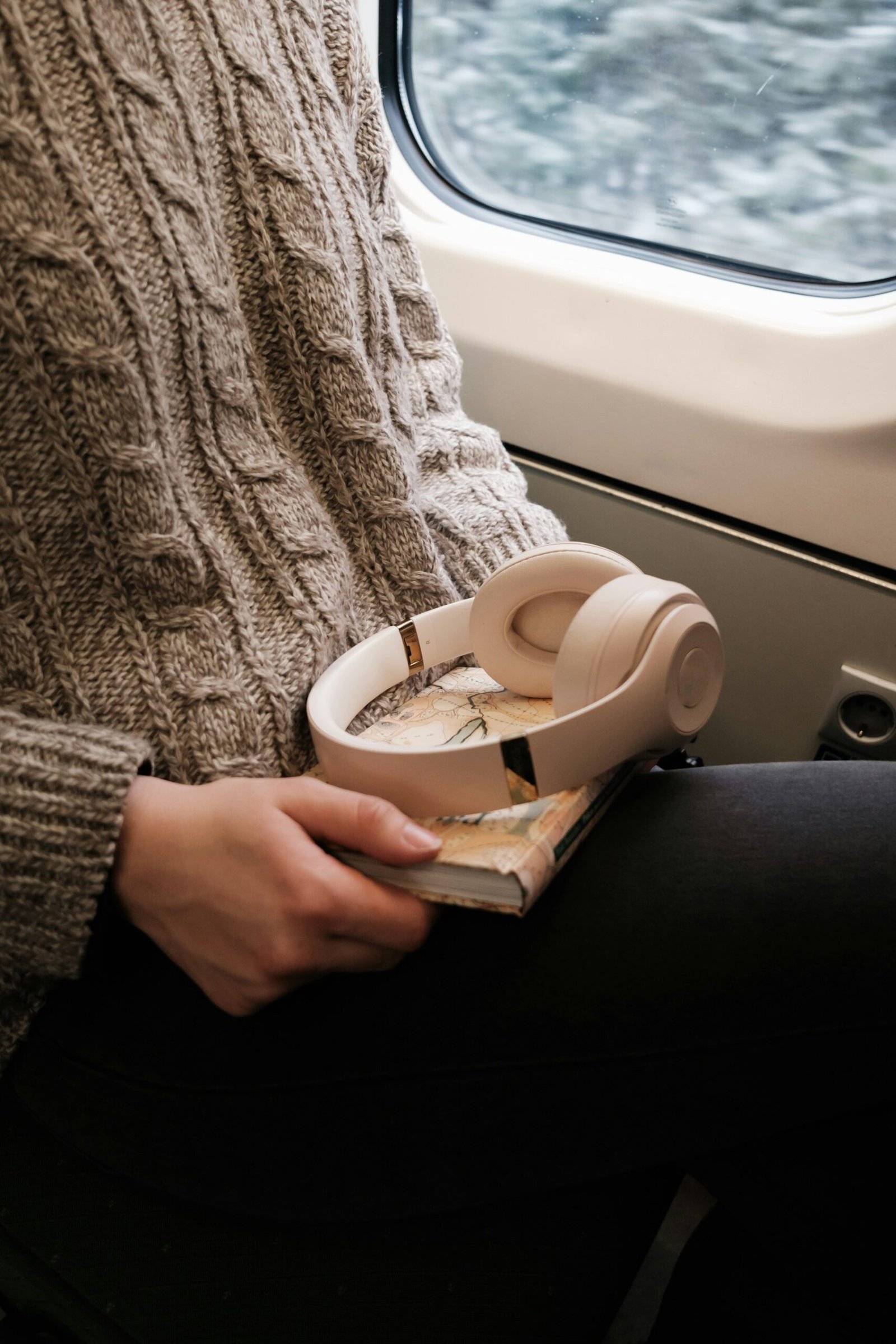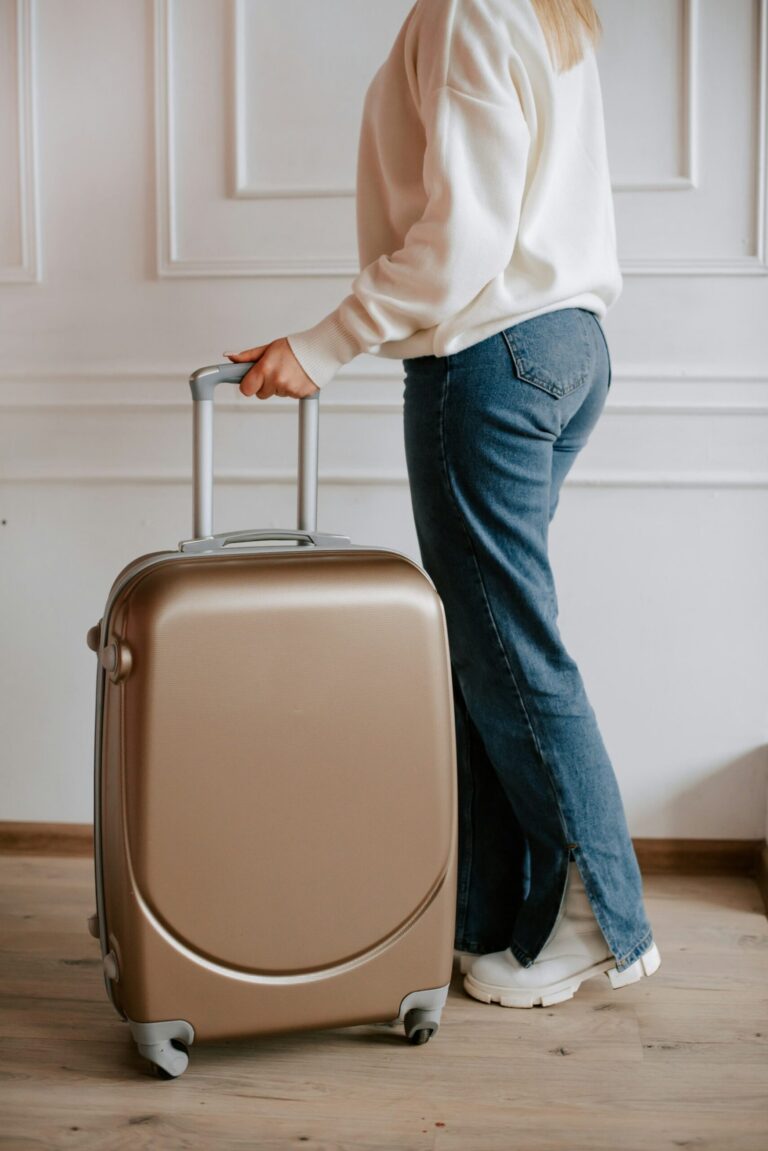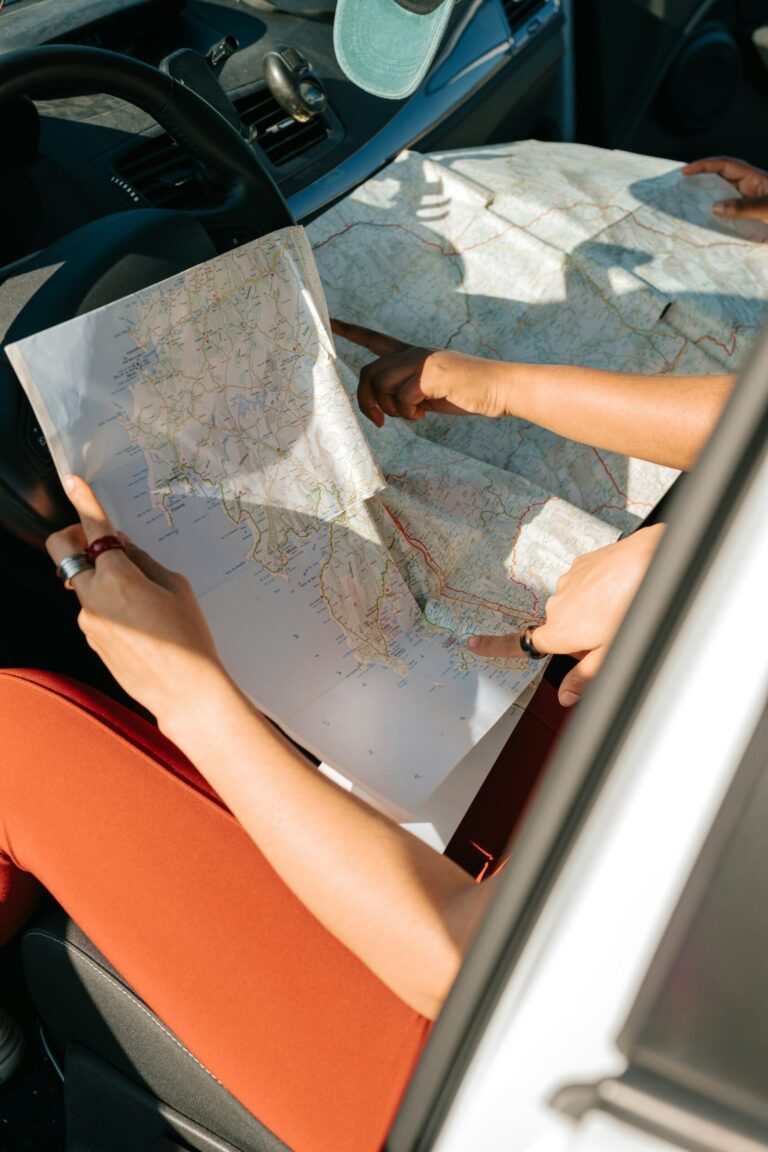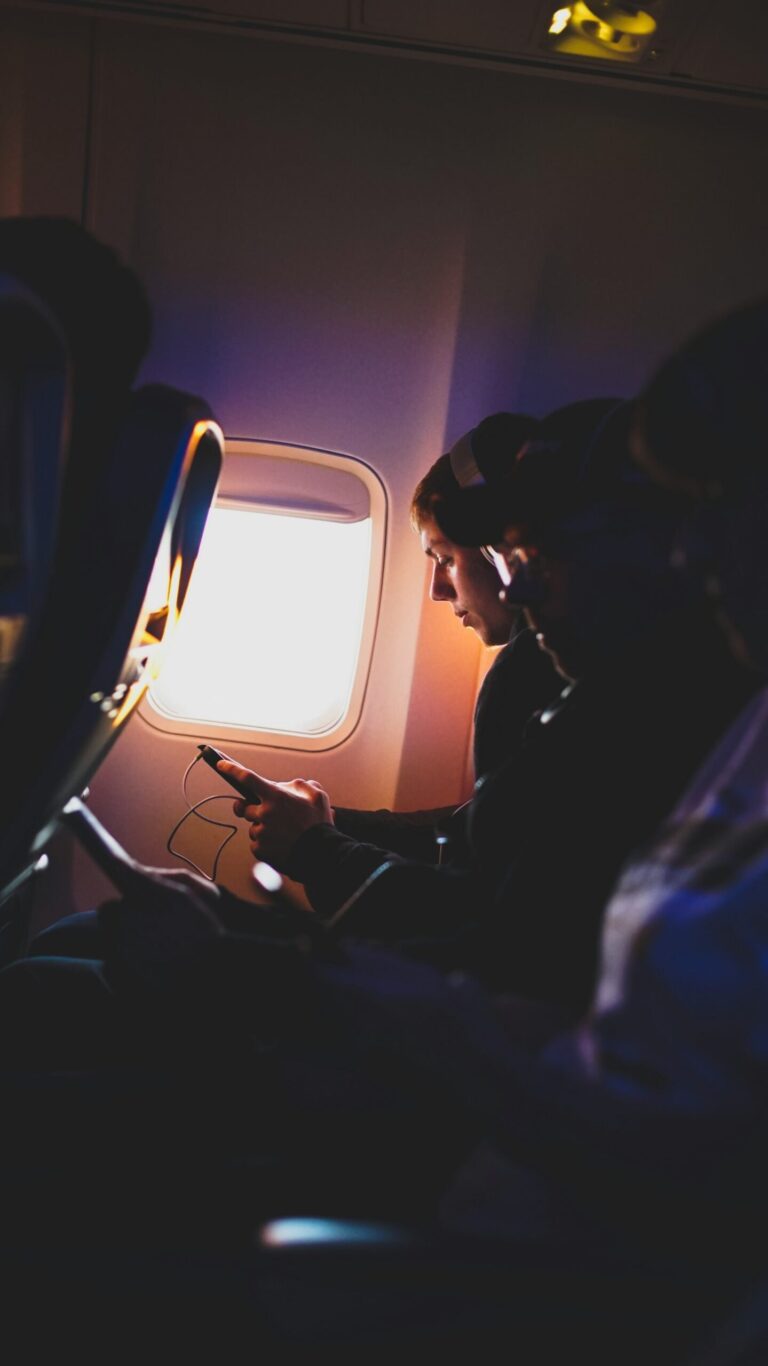Hacks to Survive Long Haul Flights: Tips for a Comfortable Journey
Long haul flights can be a daunting experience. They’re often filled with uncomfortable seats, limited legroom, and hours of monotony.
To make your journey more enjoyable, consider implementing a few essential hacks that can improve your comfort and keep you entertained. From choosing the right seat to packing the perfect carry-on, these tips will help you tackle any long flight with ease.
Staying relaxed and occupied during a long flight can transform your travel experience. You’ll discover practical strategies to enhance your comfort, such as layering your clothing for temperature changes and using travel pillows for better neck support.
These small adjustments can make a significant difference in how you feel upon arrival. Avoiding jet lag is crucial also.
No need to dread your next long haul journey. Armed with the right knowledge, you can turn what used to be a tiring ordeal into a more pleasant and even enjoyable adventure.
Preparing for Your Flight
Preparation is key to making your long haul flight as comfortable as possible. By focusing on your seating choice, packing essentials, and dressing appropriately, you can significantly enhance your travel experience.
Choosing the Right Seat
Selecting the right seat can impact your comfort level during the flight. Consider these options:
- Aisle vs. Window: If you prefer getting up frequently, an aisle seat is ideal. For those who enjoy the view or want to lean against the wall, a window seat works well.
- Location: Seats near the front of the cabin tend to be quieter and experience less turbulence.
- Legroom: Look for seats with extra legroom, often found in exit rows or premium economy sections. Websites like SeatGuru can help you check specific seat reviews and configurations.
Take time to check in early. Many airlines allow you to select your seat up to 24 hours before departure.
Packing Your Carry-On
A well-packed carry-on can make your journey smoother. Focus on these carry-on essentials:
- Entertainment: Load your device with movies, books, or games. Don’t forget your headphones.
- Snacks: Bring along nutritious snacks like nuts or protein bars to keep your energy up, along with hydration in the form of a refillable water bottle.
- Comfort Items: Consider a travel pillow, eye mask, and a light blanket or shawl. These can make a significant difference, especially on long flights.
Always check the airline’s carry-on policies to avoid surprises at security.
Wearing Comfortable Clothing
Choosing the right outfit is crucial for a long flight. Opt for:
- Breathable Fabrics: Wear loose-fitting clothes made of cotton or moisture-wicking materials to stay comfortable and cool.
- Layers: Airplane temperatures can vary, so layering helps you adjust easily. A long cardigan or light jacket is a great choice.
- Footwear: Select comfortable shoes or sneakers that you can easily slip on and off. Avoid tight shoes that can restrict blood flow during the flight.
Maximizing In-Flight Comfort
Ensuring your comfort during a long-haul flight can make all the difference in how you feel upon arrival. Simple adjustments to your seat, staying hydrated, and utilizing sleep aids can significantly enhance your in-flight experience.
Adjusting Your Seat and Space
Make the most of your seat by adjusting it to fit your comfort needs. Recline your seat slightly if possible, which can help reduce strain on your back.
Use a travel pillow for added neck support, and consider a seat cushion for extra comfort.
Additionally, take advantage of space around you. If you’re seated in an aisle, stretch your legs periodically to increase circulation. If you have a window seat, lean against it to rest your head. Packing a lightweight blanket can also add warmth since cabin temperatures can fluctuate.
Staying Hydrated and Nourished
Drink plenty of water throughout the flight. Cabin air tends to be quite dry, so keeping hydrated is essential.
Bring along a reusable water bottle and fill it up after passing through security. Aim for at least 8 ounces of water every couple of hours.
Snacking smart is also important. Pack healthy snacks like nuts, dried fruit, or granola bars to maintain energy levels. Avoid excessive salty and sugary foods, as they can lead to dehydration.
Don’t hesitate to ask the flight attendants for more water or nutritious snacks if needed.
Using Sleep Aids
Creating a sleep-friendly environment can aid immensely in maximizing your in-flight comfort. An eye mask can block out unwanted light, making it easier to drift off. Noise-canceling headphones or earplugs help to minimize cabin noise.
Consider bringing a lightweight blanket or shawl to keep warm. If you’re using sleep aids like melatonin, take them according to the suggested dosage.
Make sure to take off your shoes and stretch your legs before settling in for a snooze, ensuring your body is relaxed.
Entertainment and Productivity
Staying entertained and productive during long-haul flights can significantly improve your travel experience. Whether you want to enjoy a good book, catch up on work, or indulge in some offline entertainment, there are plenty of options to keep you engaged.
Digital Devices and E-books
Your digital device is a powerful tool for entertainment. Load it with e-books, audiobooks, and podcasts before your journey.
Using apps like Kindle or Apple Books lets you have an entire library at your fingertips.
Make sure to download content for offline use. Streaming services like Netflix and Spotify allow you to save movies and music ahead of time. Don’t forget to bring headphones for a more immersive experience.
Charging your devices is crucial. Bring a portable charger and check if your flight offers power outlets. Having your favorite materials ready can turn a long flight into a pleasant escape.
Offline Entertainment Options
Even without Wi-Fi, you can keep entertained. Consider downloading games that don’t require an internet connection. Puzzle games or brain teasers can be a fun way to pass the time.
A travel journal is a great choice, too. Use it to document your trip or jot down ideas. You can also draw, doodle, or write letters to friends and family.
Crosswords or Sudoku puzzles can keep your mind sharp. Bring a book of puzzles or download a puzzle app to challenge yourself. These activities can make the hours fly by.
Getting Work Done
Long flights can provide a rare opportunity to get work done. Prepare in advance by downloading files and setting up your work tools offline.
Apps like Microsoft Office offer offline modes, so you can edit documents without internet access.
Create a plan for what tasks you want to accomplish. Break them down into smaller goals to keep you motivated. Setting aside time to focus will help you make the most of your flight.
Stay organized by using a task management app. Even without a signal, you can keep track of your to-dos. When you land, you’ll be surprised at how much you accomplished in the air.
Staying Healthy and Active
During long-haul flights, maintaining your health and activity level is crucial. Staying vigilant about circulation, managing jet lag, and keeping up with hygiene can significantly improve your travel experience.
Circulation-Boosting Exercises
To keep your blood circulating while seated, incorporate simple exercises. Perform ankle circles and foot pumps every hour to encourage blood flow.
- Ankle Circles: Raise your feet off the ground and rotate your ankles in a circular motion.
- Foot Pumps: Alternate flexing and pointing your toes while seated.
Stand up every couple of hours to stretch your legs. Walk to the restroom or the back of the plane if possible.
These movements can help reduce the risk of deep vein thrombosis (DVT) and keep you feeling refreshed.
Avoiding Jet Lag
Jet lag can be a traveler’s worst enemy, disrupting your schedule. To combat this, start adjusting your sleep schedule a few days before your flight.
If you’re traveling east, go to bed and wake up an hour earlier each day. Conversely, if heading west, shift your schedule an hour later.
During the flight, drink plenty of water and avoid excessive caffeine and alcohol. These can interfere with your body’s natural rhythms.
Upon arrival, expose yourself to sunlight, as natural light is essential for regulating your internal clock.
Read our full guide on minimizing jet lag here.
Maintaining Good Hygiene
Airplane cabins can be breeding grounds for germs. Protect yourself by practicing good hygiene throughout your journey.
Before boarding, use hand sanitizer after touching common areas like the check-in desk. Keep a travel-sized sanitizer in your bag for easy access.
On the flight, wash your hands regularly, especially before eating. A disinfectant wipe can be handy for cleaning your tray table and armrests.
Additionally, avoid touching your face to minimize germ transmission. Keeping yourself clean can help you stay healthy and feel better during and after the flight.
Interacting with Cabin Crew and Passengers
Building rapport with cabin crew and fellow passengers can significantly enhance your long-haul flight experience. Effective communication and respect for shared spaces go a long way in making the journey smoother and more enjoyable for everyone on board.
Communicating Your Needs
When you need assistance, be clear and polite. Whether it’s requesting extra snacks, a blanket, or information, a friendly approach works wonders. Use simple language and make eye contact with the cabin crew.
Tips for Effective Communication:
- Start with a smile.
- Use phrases like “Excuse me, could you please…?”.
- If you have special requirements, mention them early.
If you’re traveling with kids or have specific health needs, don’t hesitate to inform the crew. They can provide support to make your journey more comfortable.
Respecting Shared Spaces
Airplanes are confined spaces where everyone shares limited room. Be mindful of your surroundings to maintain harmony with fellow passengers.
Consider these points:
- Use your space wisely: Keep your belongings tidy and within your area.
- Limit noise: Use headphones for entertainment and speak softly.
- Adjust your seat with care: Avoid abrupt movements that might disturb others.
Being considerate can foster a pleasant atmosphere. It may even lead to friendly conversations. Approaching others with kindness helps create a more enjoyable flight for you and your neighbors.






